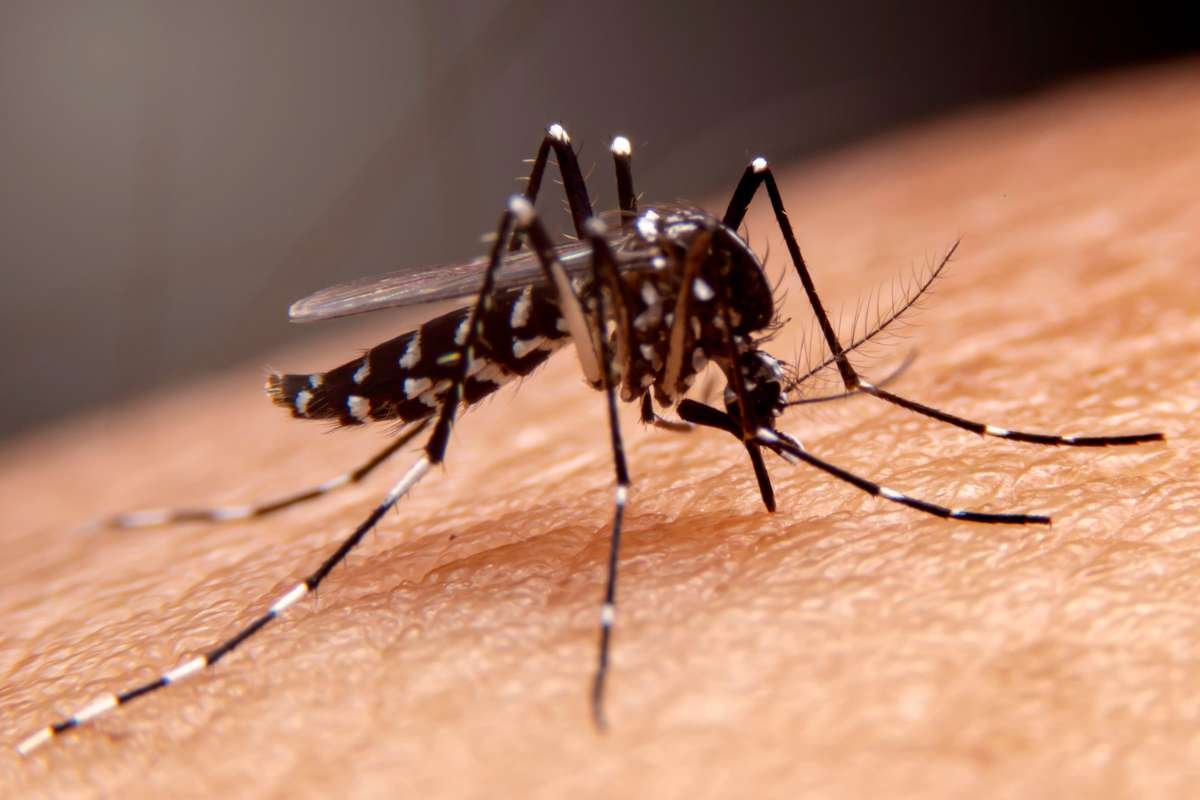Allergies are affecting more people in America than ever before, impacting millions and creating challenges for public health, quality of life, and the healthcare system. From seasonal allergies caused by pollen to serious reactions to food, allergies have become a widespread issue for families, schools, and workplaces across the country.
Through this article, we will look at the latest information, trends, causes, and implications of allergy prevalence in America, providing helpful insights for individuals, caregivers, and policymakers.
Understanding Allergy Prevalence in America
Allergy prevalence in America refers to the proportion of the U.S. population affected by allergic diseases, including respiratory allergies (such as pollen and dust), food allergies, skin allergies, and asthma. According to recent reports, more than 100 million Americans experience allergies and/or asthma, making these conditions some of the most widespread chronic health issues in the country. This figure represents nearly one in three Americans, underscoring the urgency of addressing allergy prevalence in America at both individual and systemic levels.
Key Statistics: The Scope of Allergies in the U.S.
- Over 100 million people in the United States live with allergies and/or asthma.
- Approximately 33 million Americans have at least one food allergy.
- Nearly 8% of children (5.6 million) and 11% of adults (27 million) are affected by food allergies.
- Food allergy prevalence among children has increased by 50% between 1997 and 2011, and again by 50% between 2007 and 2021.
- Each year, 3.4 million Americans visit the emergency room due to food allergy reactions.
These numbers highlight the growing impact of allergy prevalence in America, affecting people of all ages, races, and regions.
Types of Allergies Affecting Americans
1. Respiratory Allergies
- Pollen Allergies (Hay Fever): Triggered by tree, grass, and weed pollen, these are especially prevalent during spring and fall.
- Dust Mite and Mold Allergies: Common indoor allergens that can cause year-round symptoms.
- Animal Dander Allergies: Affecting pet owners and those exposed to animals.
2. Food Allergies
Food allergies are a growing concern in the U.S., with significant increases in recent decades. The most common food allergies include:
- Shellfish (8.4 million affected)
- Milk (6.2 million)
- Peanut (6.2 million)
- Tree nuts (3.9 million)
- Egg (2.7 million)
- Fin fish (2.7 million)
- Wheat (2.4 million)
- Soy (1.9 million)
- Sesame (0.7 million)
3. Skin Allergies
- Eczema (Atopic Dermatitis): Often linked with other allergies, especially in children.
- Contact Dermatitis: Reactions to substances like nickel, latex, or certain chemicals.
4. Asthma
Asthma often overlaps with allergies, particularly in children, and is triggered by many of the same environmental factors.
Regional Variations: Allergy Capitals in America
Allergy prevalence in America is not uniform across the country. Certain regions, especially in the South and East, experience higher rates of seasonal allergies because of climate, vegetation, and urbanization. The Asthma and Allergy Foundation of America’s 2025 Allergy Capitals report lists the most challenging cities for pollen allergies, with Wichita, KS, topping the list for the third consecutive year. Other high-ranking cities include New Orleans, Oklahoma City, Tulsa, and Memphis.
Top 5 Allergy Capitals (2025):
| Rank | City | State |
| 1 | Wichita | KS |
| 2 | New Orleans | LA |
| 3 | Oklahoma City | OK |
| 4 | Tulsa | OK |
| 5 | Memphis | TN |
The burden of seasonal allergies is heaviest in southern and eastern states, where longer growing seasons and higher pollen counts are common.
Demographic Disparities in Allergy Prevalence
Allergy prevalence in America shows notable disparities across age groups, races, and socioeconomic statuses.
- Children: Nearly 8% of U.S. children have food allergies, with about 40% having multiple allergies.
- Adults: 11% of adults report at least one food allergy.
- Racial and Ethnic Differences: Food allergy prevalence has increased fastest among Black Americans (2.1% per decade) and Hispanic Americans (1.2% per decade), compared to White Americans (1% per decade).
- Socioeconomic Factors: Low-income children face higher costs and more emergency visits for food allergy reactions, highlighting inequities in access to care and education.
Causes Behind Rising Allergy Prevalence in America

1. Environmental Changes
- Climate Change: Longer and more intense pollen seasons due to warming temperatures and shifting weather patterns.
- Urbanization: Increased pollution and reduced biodiversity may influence immune system development.
2. Lifestyle and Dietary Shifts
- Hygiene Hypothesis: Reduced exposure to microbes in early childhood may increase susceptibility to allergies.
- Dietary Factors: Changes in diet, including processed foods and reduced consumption of fresh produce, may play a role.
3. Genetics
- Family history remains a strong predictor for developing allergies, but environmental triggers are increasingly significant.
The Economic and Social Impact of Allergies
Allergy prevalence in America imposes a heavy burden on families, schools, workplaces, and the healthcare system.
- Healthcare Costs: Caring for children with food allergies costs U.S. families nearly $33 billion annually (CPI-adjusted for 2024).
- Emergency Care: Food allergy reactions result in 3.4 million emergency room visits each year, with low-income families facing higher costs.
- Quality of Life: Allergies can limit participation in activities, affect school and work performance, and cause anxiety for individuals and caregivers.
The Seriousness of Allergic Reactions
For many, allergies are more than a nuisance- they can be life-threatening. Anaphylaxis, a severe allergic reaction, often involves multiple organ systems and requires immediate medical attention. More than 40% of children with food allergies have experienced a severe reaction such as anaphylaxis.
“Each year in the U.S., 3.4 million patients have a food allergy-related emergency room visit. This means that every 10 seconds, a food allergy reaction sends a patient to the emergency room.”
Trends: Why Are Allergies Increasing?
The dramatic rise in allergies affecting people in the U.S. is a subject of ongoing research. Key trends include:
- Increased Reporting and Diagnosis: Greater awareness and improved diagnostic tools contribute to higher reported rates.
- Environmental Factors: Climate change, pollution, and urban lifestyles are altering exposure to allergens.
- Changing Microbiomes: Reduced exposure to diverse microbes, especially in early childhood, may impair immune system development.
Also Read: AI in Allergy Management: Revolutionizing Diagnosis, Treatment, and Patient Care
Addressing Allergy Prevalence in America
Given the scale and complexity of allergies affecting people in the U.S., a multi-faceted approach is needed:
1. Public Awareness and Education
- Promoting understanding of allergy symptoms, triggers, and management.
- Educating schools, workplaces, and communities on emergency response to severe allergic reactions.
2. Improved Access to Care
- Ensuring equitable access to allergy specialists, diagnostic testing, and emergency medications.
- Addressing disparities in diagnosis and treatment among minority and low-income populations.
3. Research and Policy
- Supporting research into the causes, prevention, and treatment of allergies.
- Advocating for policies that reduce environmental triggers and improve food labeling and safety standards.
Living with Allergies: Tips for Managing Symptoms
If you or a loved one is affected by allergies, consider these strategies:
- Identify Triggers: Work with a healthcare provider to determine specific allergens.
- Avoidance: Minimize exposure to known allergens (e.g., using air filters, checking food labels).
- Medication: Use prescribed allergy medications as directed.
- Emergency Preparedness: Carry epinephrine auto-injectors if at risk for anaphylaxis.
- Stay Informed: Monitor pollen counts and allergy forecasts, especially during peak seasons.
Also Read: Penicillin Allergy Testing: Your Complete Guide to Accurate Diagnosis and Safe Antibiotic Use
Conclusion
Allergy prevalence in America is becoming a major public health issue, affecting over 100 million people and costing billions of dollars each year. The increase in allergies is caused by a mix of factors, including genetics, environment, and lifestyle choices.
To tackle this problem, it’s important to raise awareness, ensure everyone has access to care, and continue research. By understanding how common allergies are and what causes them, individuals and communities can manage symptoms better and lessen the impact of this widespread issue.
As the number of allergies continues to grow, it’s crucial to stay informed and take action to protect your health. Whether you’re dealing with seasonal allergies or serious food allergies, being knowledgeable and prepared is your best way to stay safe.







